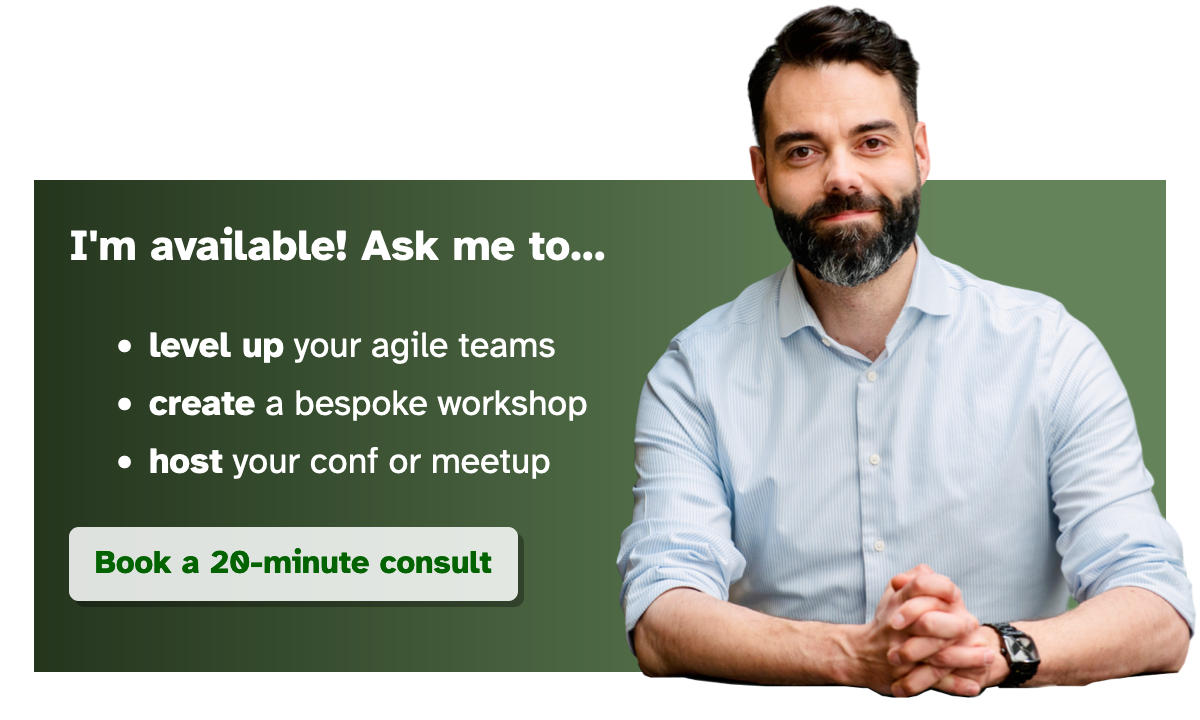📬 The Backlog #201
How to use your CEO’s time to proliferate your company’s values, how to take a Systems Thinking Approach To Introducing Kanban, and how to Magic Maze your way to better team conversations.
-
Two things unthinkable at my main workplace of the past year: direct contact with the CEO outside of work interruptions (in either direction), and the consistent dissemination of knowledge via wiki by people other than software engineers.
I was unaware that this admittedly niche combination of wants might be fulfilled by a single thing, until I read about GitLab’s CEO Shadow Program. A continuous stream of participants shadows the CEO of the company in his meetings for periods of two weeks.
I first read about it as a quick 2020 study on NOBL’s website, approaching the program from the perspective of leadership and organisation design. How GitLab’s CEO Shadow Program Transmits Company Values describes a pretty serious commitment to transparency expressed through a well-designed, inclusive program.
Then I went over to GitLab’s own handbook - essentially a wiki - which has a gigantic page on the CEO Shadow Program maintained by Stella Treas and (CEO) Sid Sijbrandij. With considerations, testimonials, procedures and more, it’s very extensive. It also has the Shadow schedule, which apparently came to halt this year.
Even if you’re not curious about programs like this one, I recommend you take a look for the informational architecture of the page - your company can write this, too. -
For a potential new client with a Scrum Team moving to Kanban, I’m reading up on STATIK; the Systems Thinking Approach To Introducing Kanban. On first glance, the holistic approach seems suitable to me - fitting to try and avoid purely local optimisation, and nice to nudge people to make their whys explicit before they dive head-first into drawing boards.
As coined by Mike Burrows in his 2014 book, Kanban from the Inside, STATIK offers “practical ways to capture and address in your Kanban implementation the needs of your organization, your colleagues and your customers.” STATIK thus reminds me of Domain-Driven Design and its intent to center interaction and design systems around actual needs and events. It’s also got a workshop design built-in.
I can see why that company I’m talking to would use it as a structured but not oppressive road towards the optimisation of their team’s flow.
And although I’ve found hardly any publication about STATIK from the past five years, I so far can recommend the STATIK A3 (canvas) and its descriptive context by Alexei Zheglov, as well as Burrows’s own post STATIK, Kanban’s hidden gem, and in particular a relatable 30-minute introduction by David Grant at Agile Cymru 2018, STATIK: The Systems Thinking Approach to Implementing Kanban (Grant covers the misnomer in his talk). -
Rounding out this week’s crop of vintage topics, I want to give a shout-out to Corrado De Sanctis’s article with specific uses/hacks of the board game Magic Maze for teams, agile or otherwise. Magic Maze or “About siloes”.
In 2019 I shared a session with Wouter Kolenbrander at Agile Camp NL in which I ran Space Team with participants, and he Magic Maze; much like that session, De Sanctis’s article aims to provide you with tools to set up teams for debrief conversations that further their development as a group.
Have a good week and Scrum on,
Thomas van Zuijlen
